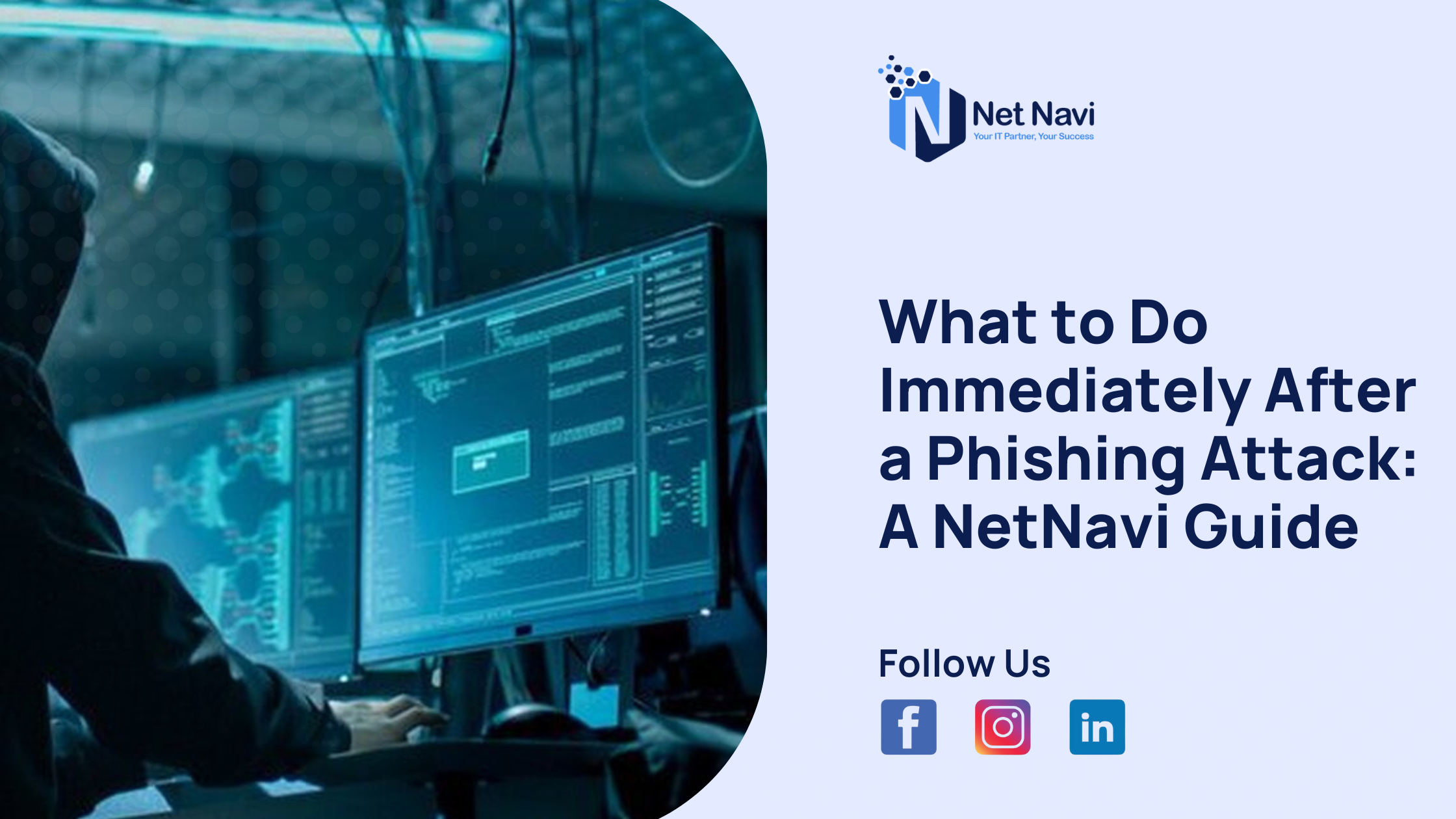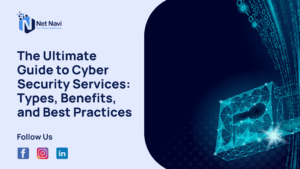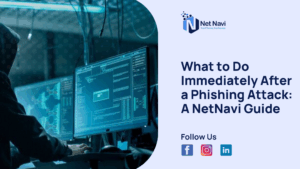Phishing attacks are one of the most common and damaging cyber threats facing businesses today. A single click on a fraudulent email can expose sensitive data, compromise accounts, and put an organization at risk of serious financial and reputational harm. Cybercriminals are constantly refining their tactics, making it critical for companies to act fast when an attack occurs. NetNavi has over a decade of experience helping businesses defend against and recover from phishing attempts. This guide explains the immediate steps you should take after a phishing attack and how NetNavi can enhance your cybersecurity services.
Understanding the Immediate Threat
Time is the most valuable resource after a phishing attack. The longer attackers maintain access, the more damage they can inflict. Compromised credentials can lead to unauthorized transactions, confidential data leaks, and exposure of client information. A single incident can damage brand trust and attract regulatory penalties. Phishing also often serves as the entry point for larger attacks like ransomware. Quick action reduces the chance of escalation and helps secure systems before the attacker can spread deeper into your network. Recognizing the urgency is the first step toward minimizing the financial, operational, and reputational risks of phishing.
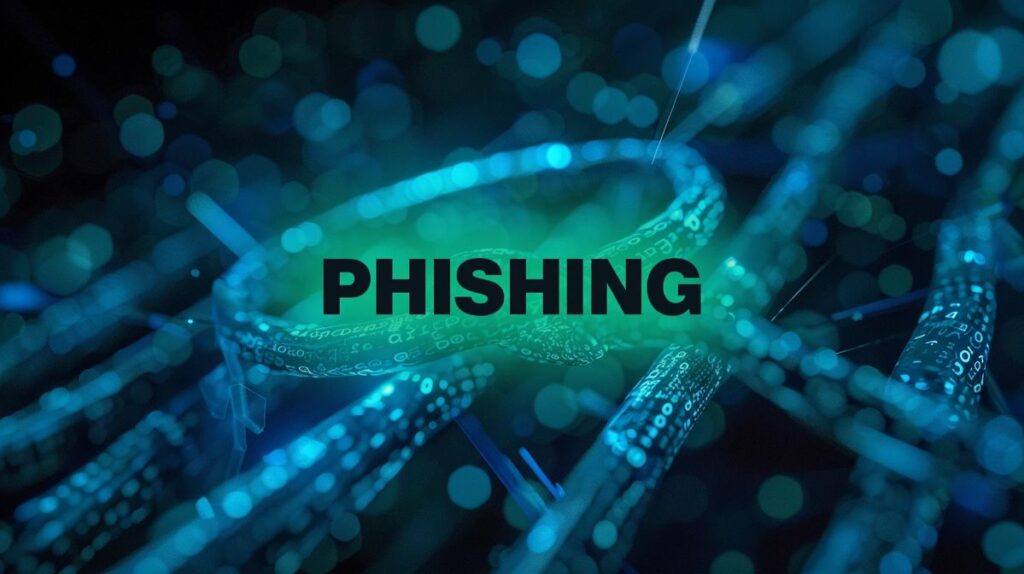
Step-by-Step Guide: Actions to Take Right Now
Step 1: Isolate the Affected Systems
Disconnect compromised computers, phones, or servers from the internet immediately. Remove Wi-Fi access and unplug network cables. If the device is part of a corporate network, ensure it is not communicating with other endpoints. Isolating systems prevents attackers from moving laterally across your infrastructure and reduces the spread of malware.
Step 2: Change Passwords Immediately
Change all passwords for accounts that may have been accessed, starting with email, financial accounts, and internal tools. Use unique, complex passwords with at least 12 characters. Consider implementing a password manager to create and store credentials securely. Do not reuse old passwords, as attackers often attempt to exploit them across multiple accounts.
Step 3: Alert Your IT Department or Managed Security Provider (Like NetNavi!)
Notify your IT team or a trusted security partner right away. Incident response requires expertise and quick action to contain threats. NetNavi’s cybersecurity specialists provide real-time monitoring, forensic investigation, and secure system recovery. Partnering with a dedicated team ensures that vulnerabilities are identified and resolved before attackers strike again.
Step 4: Scan for Malware
Run a full system scan using reputable antivirus or endpoint detection software. Look for spyware, ransomware, or backdoors installed by attackers. Ensure that all devices on the network are scanned. If malware is detected, follow the removal process carefully or consult professionals like NetNavi to ensure systems are fully cleaned.
Step 5: Monitor Your Accounts and Credit Reports
Keep a close eye on banking activity, online payment systems, and other financial accounts. Set up alerts for unusual activity such as large withdrawals or login attempts from unknown locations. For individuals, checking credit reports can help identify identity theft attempts linked to the phishing incident.
Step 6: Report the Phishing Attack
Report phishing to relevant authorities such as your email provider, local cybercrime unit, and regulatory agencies if required. For businesses, reporting may be legally necessary under data protection laws. Sharing phishing details with employees and industry partners also helps prevent similar attacks from succeeding elsewhere.
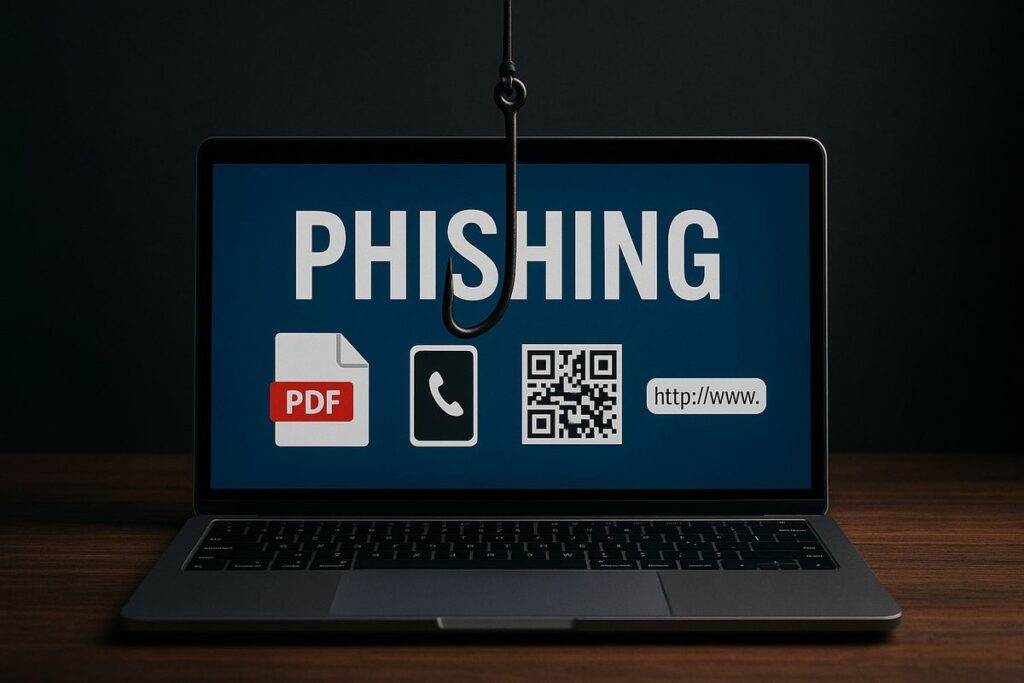
Prevention is Key: Strengthening Your Defenses
While quick response limits damage, prevention is the most effective defense. Training employees to recognize phishing emails reduces the chance of successful attacks. Multi-factor authentication adds a critical layer of security to protect accounts even if credentials are stolen. Robust email security solutions filter out suspicious messages before they reach inboxes. Regular system updates close vulnerabilities exploited by cybercriminals. NetNavi offers specialized security awareness training and advanced email protection services that help businesses strengthen defenses before threats arise. Visit our blog on phishing prevention or explore our tailored training programs to build a more resilient workforce.
Conclusion
Phishing attacks strike quickly, but your response can make the difference between minor disruption and major damage. By isolating affected systems, changing passwords, scanning for malware, and alerting security experts, you take control of the situation. Long-term protection requires continuous employee education and strong security frameworks. NetNavi is committed to helping businesses stay secure through incident response, prevention strategies, and ongoing support. Contact NetNavi today to schedule a consultation and build stronger protection against phishing and other cyber threats.
If you want to strengthen your defenses, explore The Ultimate Guide to Cyber Security Services for best practices and prevention tips. For ongoing protection, see how our IT Support Services in Orpington help detect and stop phishing attempts early.

